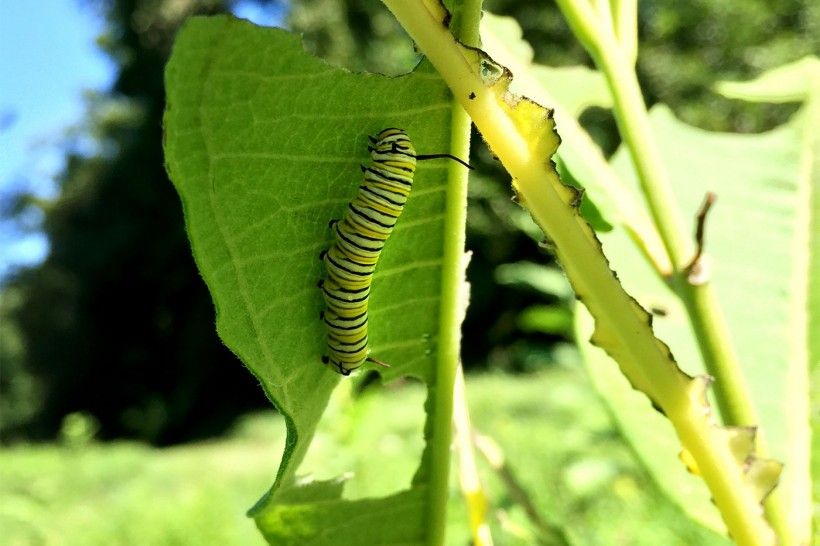Aiding a Species at Risk: A Home for the Monarchs
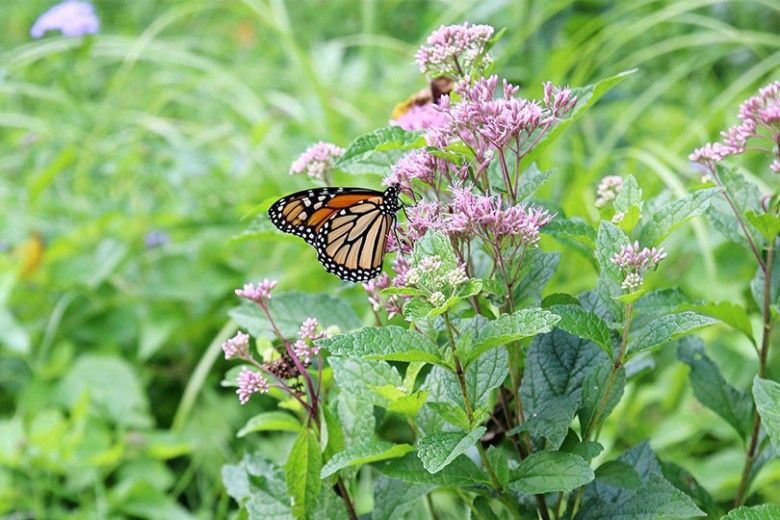
The monarch butterfly migration is one of the most magnificent and intriguing of all natural phenomena. Monarchs migrate to Mexico each fall from the central and eastern United States and southern Canada to overwinter in the oyamel fir forests in mountains west of Mexico City. That is a more than 2,000 mile journey, flown by an insect weighing less than one-half of a gram. (By comparison, a penny weighs 2.5 grams.) In the 1990s, estimates of up to one billion monarchs made the epic flight each fall from the northern plains of the U.S. and Canada to Mexico, and more than one million monarchs from the western U.S. overwintered in forested groves on the California coast. Now, researchers and citizen scientists estimate that only about 56.5 million monarchs remain, representing a decline of more than 80% across North America.
Where Have All the Butterflies Gone?
The very existence of the eastern North American monarch migration is under immediate threat due to a number of causes. Mining and illegal logging at the overwintering sites in Mexico are destroying the fir forests on which the monarch depend. Back home in the U.S., the loss of habitat due to development and land management practices are having widespread impacts. And in what may be the most damaging of all, chemically aided agriculture in the United States and Canada is killing both monarchs themselves and the host plants that are critical to their life cycle. Genetically modified seeds used in industrial agriculture, especially corn and soy, are engineered to withstand widespread application of the herbicide glyphosate (sold under several trade names, including Roundup). The herbicide is non-selective, meaning that it will kill all plants with which it comes into contact (other than GMO corn and soy), including our native milkweed plants. This is catastrophic for monarchs, as they only lay their eggs on milkweed plants. Without milkweed, on which they lay their eggs and whose leaves exclusively feed their larvae (caterpillars), monarchs cannot survive.
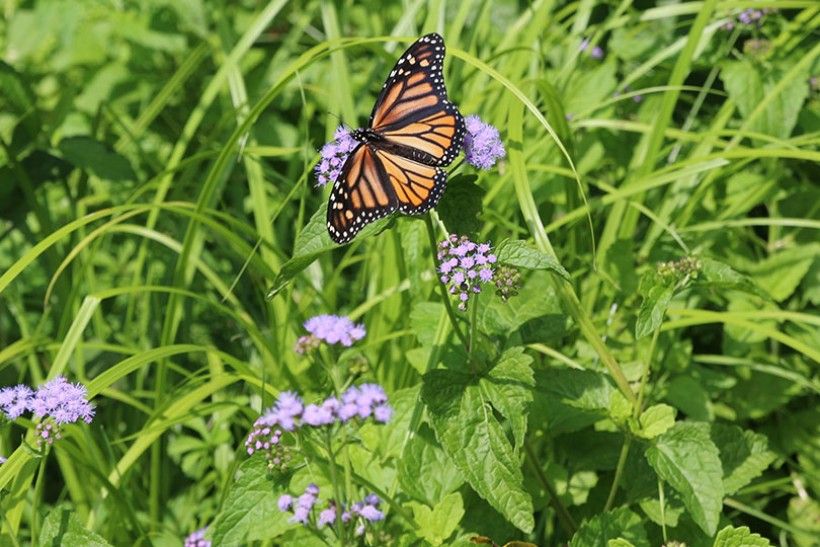
How the Conservancy is Helping
Last year, Brandywine staff and volunteers planted a new garden on our campus which we affectionately named the Monarch Migration Station. Full of milkweed, nectar plants and native grasses, the Migration Station is designed to meet the food and habitat needs of monarchs and other butterflies. This year, we doubled the size of the garden!
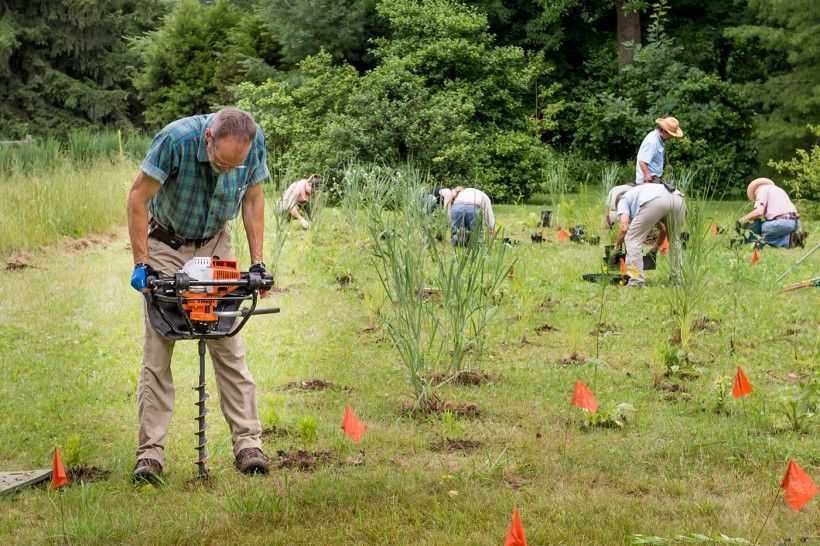
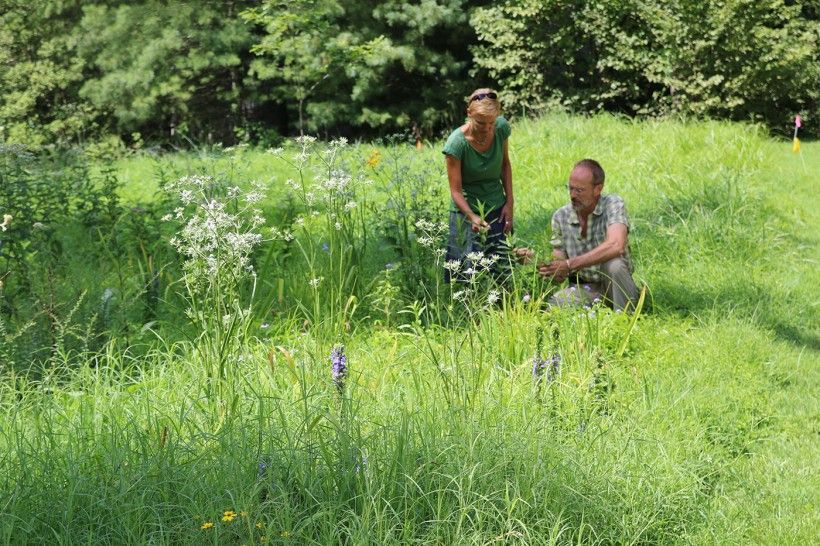
At the Conservancy’s property in Ligonier, we have put our greenhouse to use in producing hundreds of milkweeds plants, some of which were sold at Brandywine’s Annual Wildflower, Seed and Native Plant sale in May and at a native plant sale at Ohiopyle State Park; the remainder of the milkweed made its way to the Monarch Migration Station. To purchase hand-collected and hand-cleaned Brandywine Conservancy milkweed seeds as well as the seeds of many other terrific nectar plants visit the Brandywine River Museum of Art Shop. You can also pick up beautiful pollinator notecards, which include a Monarch butterfly, specially ordered to honor the work done by the Conservancy.
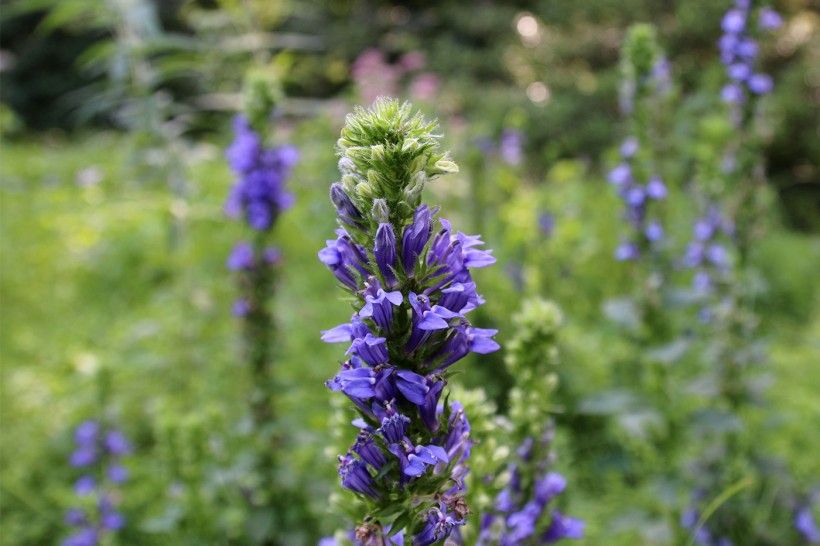
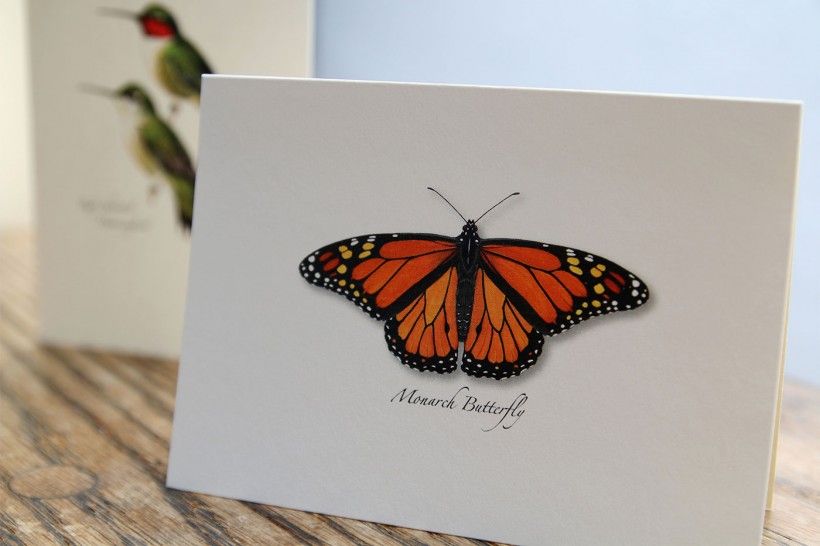
At our preserves, we carefully manage our meadows to control non-native, invasive plant species that compete with milkweed and nectar plants, and time our mowing carefully to ensure our native flowers and grasses are permitted to set seed, assuring their return next year. And, on our campus and elsewhere, we collect a limited amount of seed each year from naturally occurring milkweed plants to ensure we have a supply of seed that is best adapted to local growing conditions.
How You Can Help
We can begin to reverse the tide and stop the decline of these incredibly complex and wondrous butterflies. Here are some tips on how you can help.
- Plant milkweed. There are three milkweed plants native to our region: common milkweed (Asclepias syriaca), butterfly weed (Asclepias tuberosa), and swamp milkweed (Asclepias incarnata). They are easy to grow and thrive in full sun, in a range of soil conditions. [See here for more information on growing common milkweed.]
Image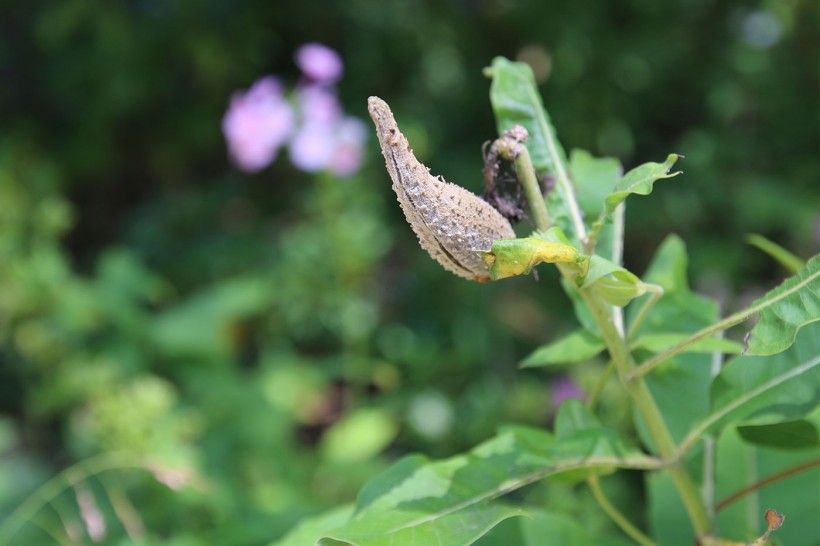
Ripening seed pod of Common Milkweed (Asclepias syriaca) - Grow nectar plants. Adult butterflies need nectar for food. Some great native nectar-producing plants to grow in your backyard are: asters (all species), black-eyed susans (all Rudbeckia species), coreopsis, goldenrods (all Solidago species), Joe-pye weed (all Eupatorium species), purple coneflower (Echinacea purpurea), oxeye (Heliopsis helianthoides), and wild bergamot (Monarda fistulosa).
Image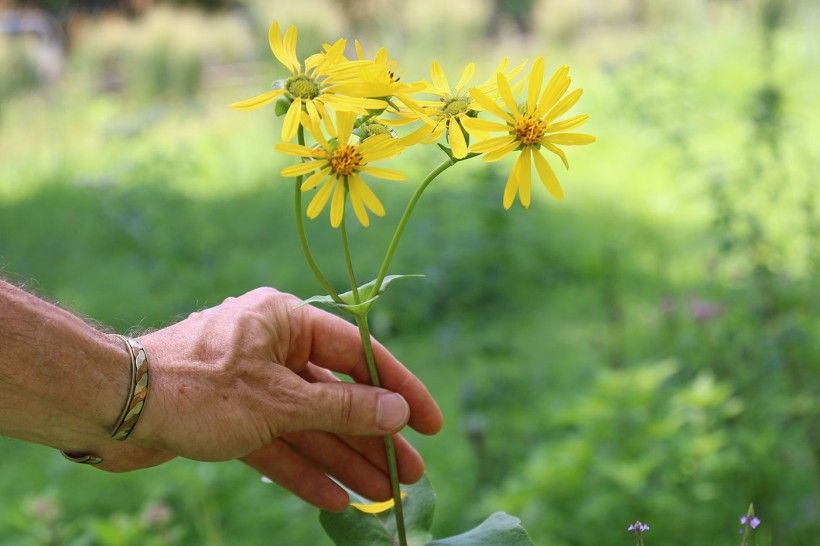
Flowers of Cup Plant (Silphium perfoliatum) Image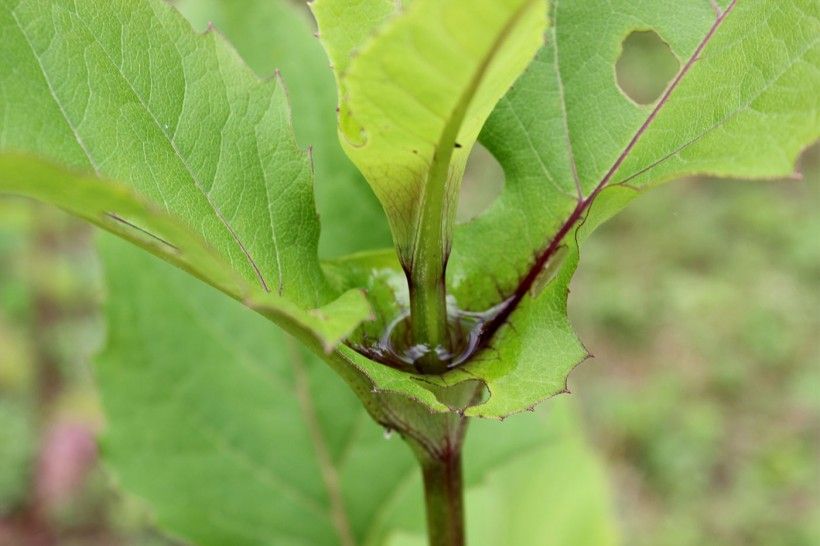
Leaf bases of Cup Plant (Silphium perfoliatum) unite to form water holding basins – an oasis for birds and insects during droughty periods.
- Avoid herbicides and insecticides. Learn to love weeds in your lawn and forego weed killers. Avoid spraying pesticides whenever possible; pesticides kill good insects (like monarch caterpillars) as well as undesirable insects.
- Choose your food wisely. Buy organic and non-GMO as much as possible. Conventionally grown vegetables and grains, especially corn, require the use of many herbicides.
Image
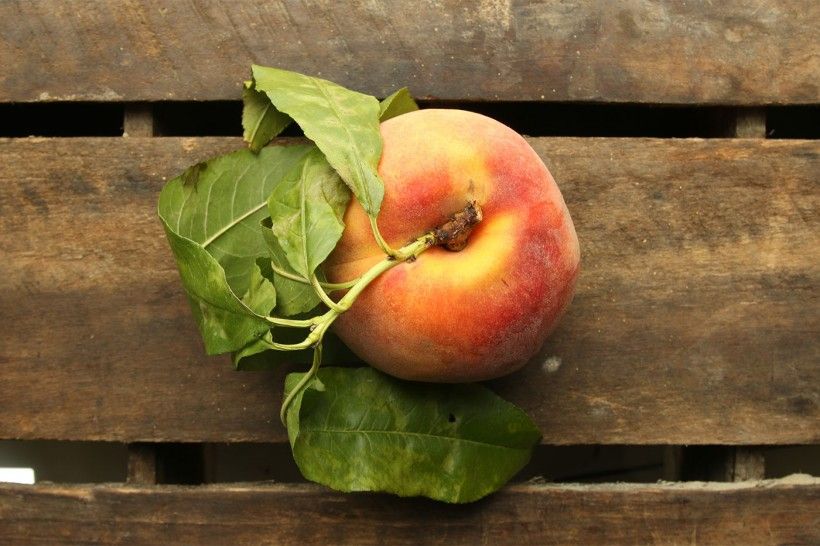
The Millstone Café features a seasonally inspired and locally sourced menu by celebrated chef MacGregor Mann -with a focus on sustainable and delicious meals. - Buffer your fields. If you have fields managed for hay production, create and maintain a buffer around the edges where milkweed and native nectar plants can grow. [See the article “Mowing for Monarchs” for more information.]
Come visit our beautiful Monarch Migration Station while the last blooms persist. We hope it inspires you to create a station of your own!
